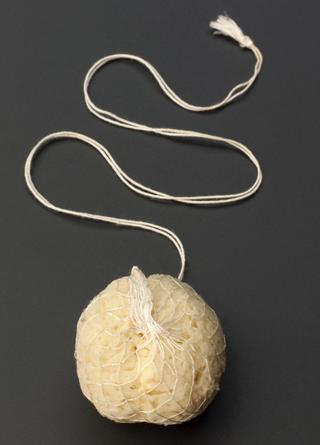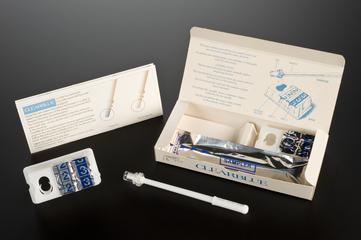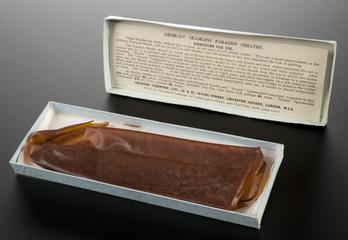








Cephalotribe, steel, dual-shanked, three-pronged, by Demaurex, 1750-1850
Three vicious-looking pronged hands comprise this steel cephalotribe. It is a skull-crushing instrument. Cephalotribes were used by obstetric physicians. These doctors assist at the birth of a baby. The instrument pierced and crushed the foetus head to extract it from the mother’s body. They were used as a last resort only after the foetus was dead. The foetus may have died during the pregnancy or during a difficult labour. This example was made by Swiss instrument maker Demaurex.
Details
- Category:
- Obstetrics, Gynaecology & Contraception
- Collection:
- Sir Henry Wellcome's Museum Collection
- Object Number:
- A158136
- Materials:
- steel
- Measurements:
-
overall: 440 mm .471kg
claws (open): 310 mm
claws (closed): 140 mm
- credit:
- Penon




